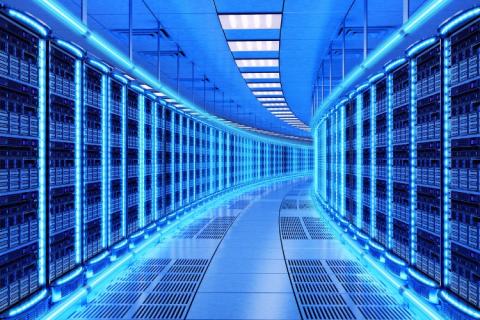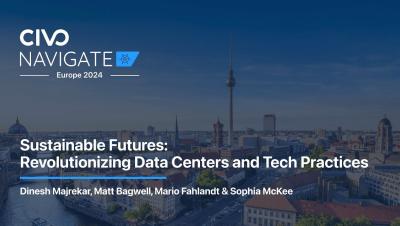Top Reasons Your Business Needs Scalable Data Center Solutions
In today's fast-paced business environment, the demand for flexible and efficient technology solutions is at an all-time high. Companies are increasingly reliant on data to drive their operations and make informed decisions. As data needs grow, businesses face significant challenges in managing their IT infrastructure. Scalable data center solutions offer a way to adapt to these evolving requirements effectively.











